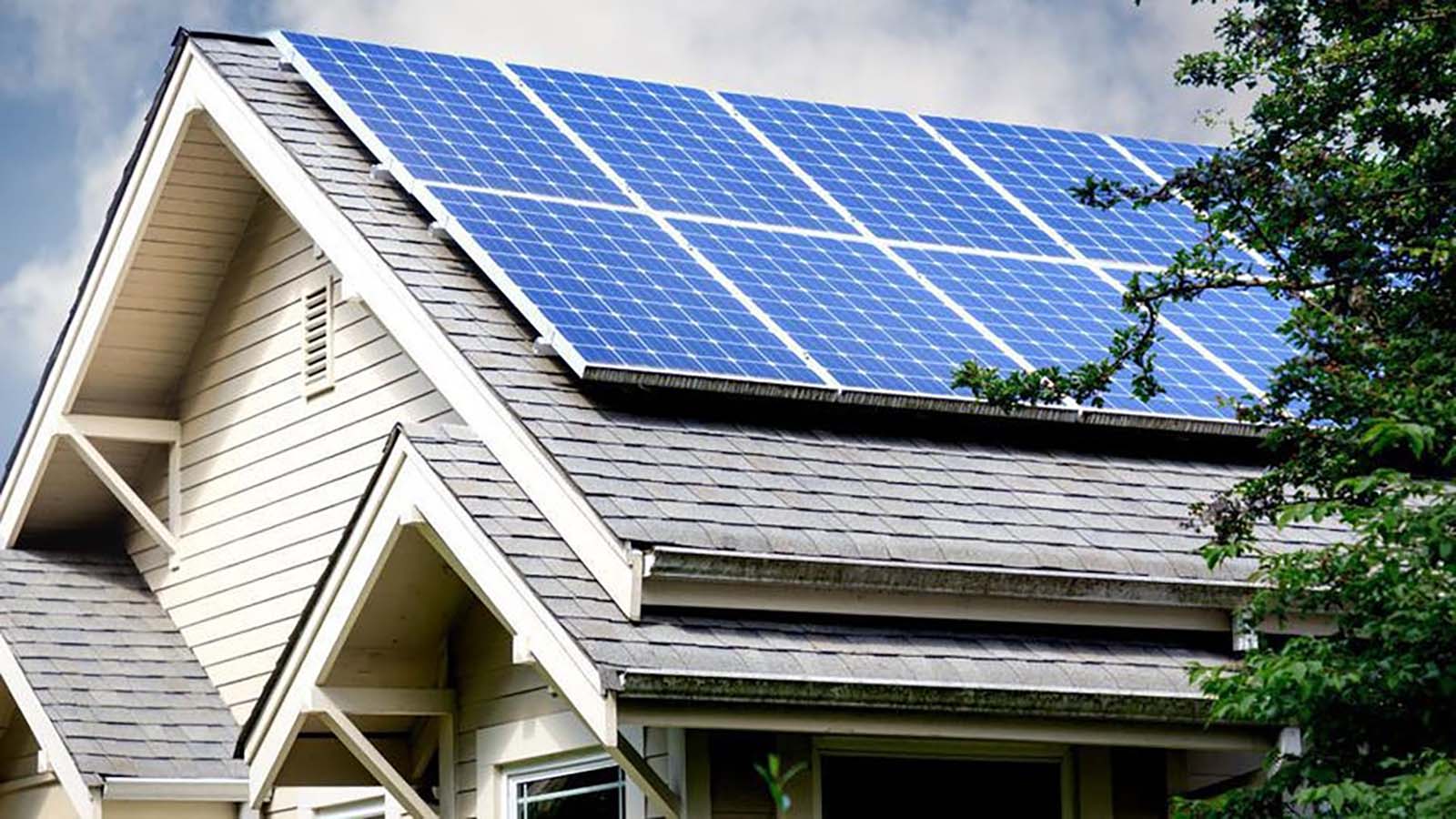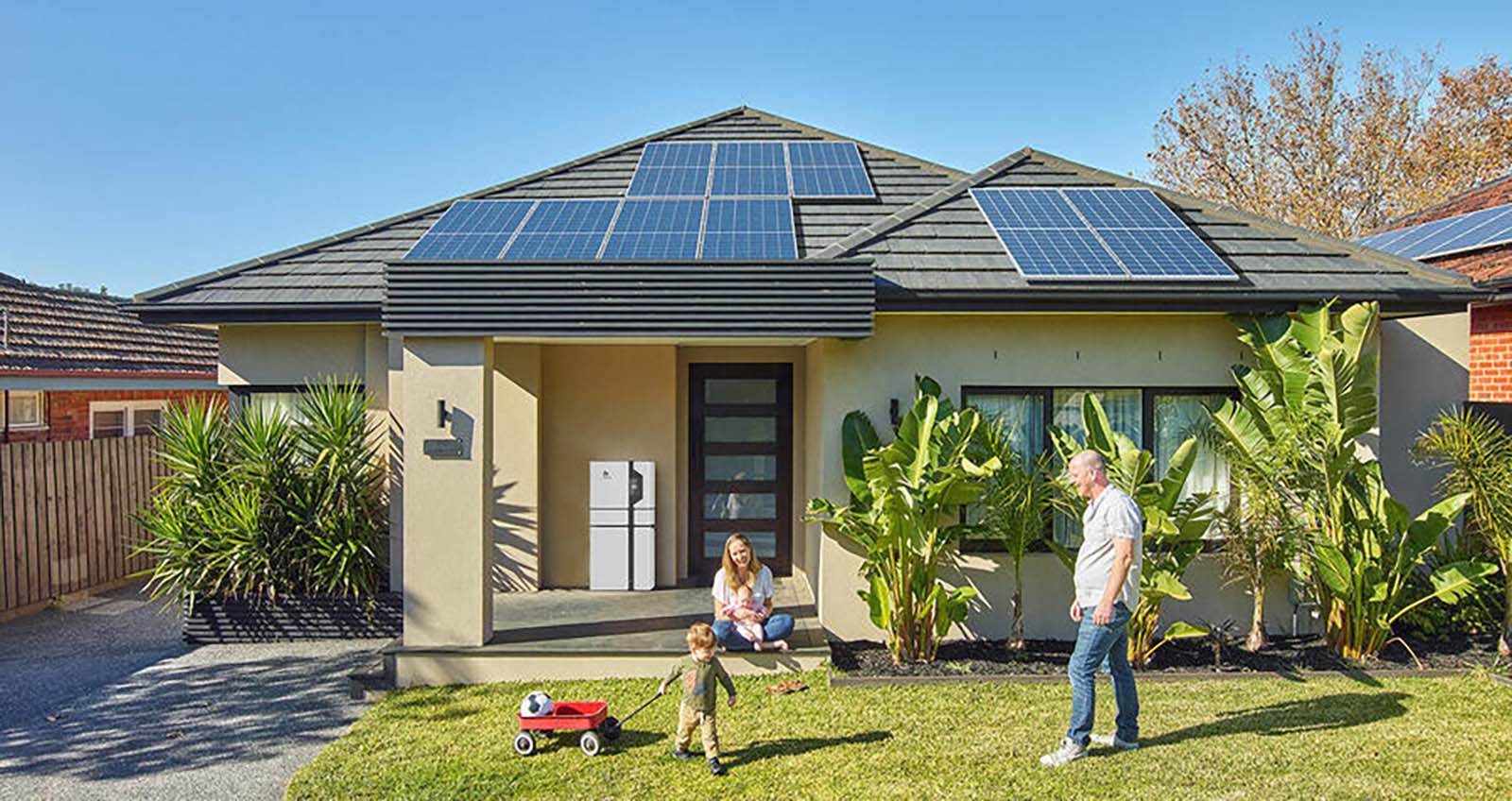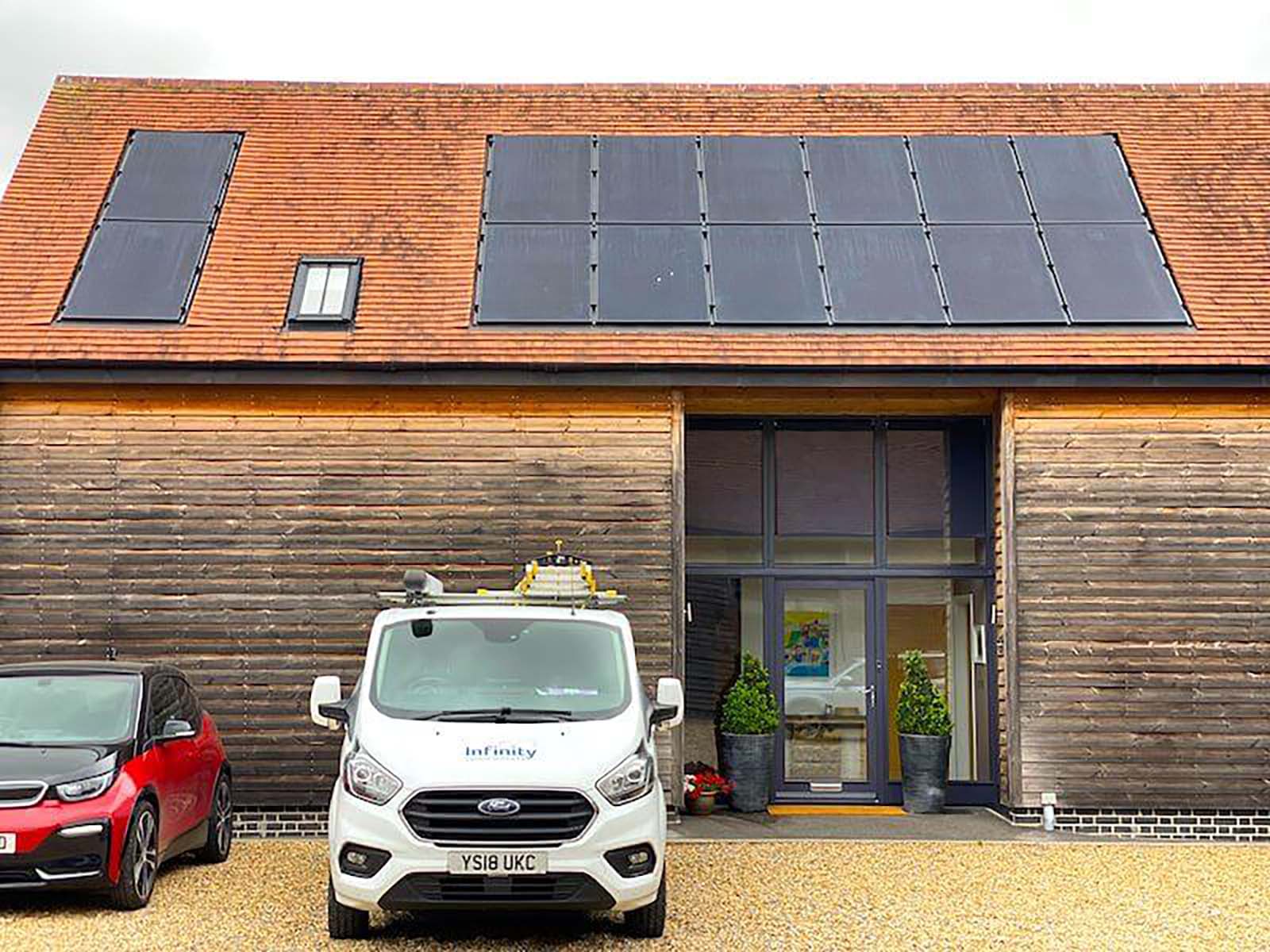Heading: How much carbon does a 10kw solar system reduce?

Introduction: Understanding the environmental impact of solar systems
Defining a 10kw solar system
Calculating carbon reduction from a 10kw solar system
Benefits of carbon reduction through solar systems
Conclusion: Embracing renewable energy for a sustainable future
Introduction:
Solar energy has gained considerable traction in recent years as a means to reduce our carbon footprint and combat climate change. In this article, we will explore the carbon reduction potential of a 10kw solar system, providing insights into how it contributes to a greener and more sustainable future.
Defining a 10kw solar system:
A 10kw solar system is a photovoltaic (PV) system that has an installed capacity of 10 kilowatts. Consisting of solar panels, an inverter, and a mounting structure, it harnesses sunlight to generate electricity. This system can power an average-sized home or small commercial establishment, significantly reducing reliance on traditional, carbon-intensive energy sources.

Calculating carbon reduction from a 10kw solar system:
The carbon reduction achieved by a 10kw solar system depends on several factors, including the region’s solar irradiance, electricity consumption, and grid carbon intensity. On average, a 10kw solar system can generate approximately 14,000 kilowatt-hours (kWh) of electricity per year, offsetting approximately 10 metric tons of carbon dioxide (CO2) emissions.
This reduction is equivalent to planting around 240 trees or driving a conventional car for about 22,000 miles. By investing in a 10kw solar system, individuals and businesses can make a significant environmental impact by reducing their carbon emissions and promoting sustainable living.
Benefits of carbon reduction through solar systems:
The significance of carbon reduction achieved by a 10kw solar system extends beyond individual benefits. It contributes to mitigating climate change by decreasing greenhouse gas emissions, improving air quality, and reducing dependence on fossil fuels.
Furthermore, solar energy systems are renewable and do not consume finite resources like coal and natural gas. As sunlight is abundantly available, solar systems provide a continuous, clean energy source. By adopting solar systems, individuals and businesses can play an active role in transitioning towards a greener energy mix.
Conclusion:
The installation of a 10kw solar system offers substantial carbon reduction benefits, offsetting thousands of kilograms of CO2 emissions annually. By embracing solar technology, individuals and businesses can contribute to creating a sustainable future by reducing their environmental impact and promoting renewable energy adoption.
As we collectively strive for a greener and more sustainable planet, the adoption of solar systems, such as the 10kw solar system, serves as an essential step towards achieving a carbon-neutral future. Let us embrace renewable energy and be conscientious stewards of the environment.


